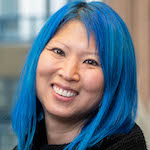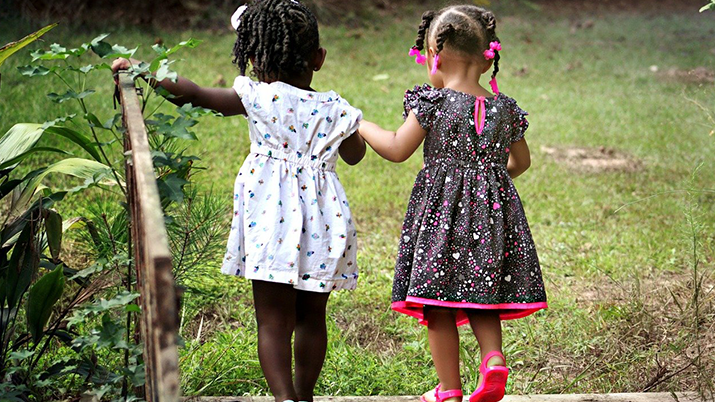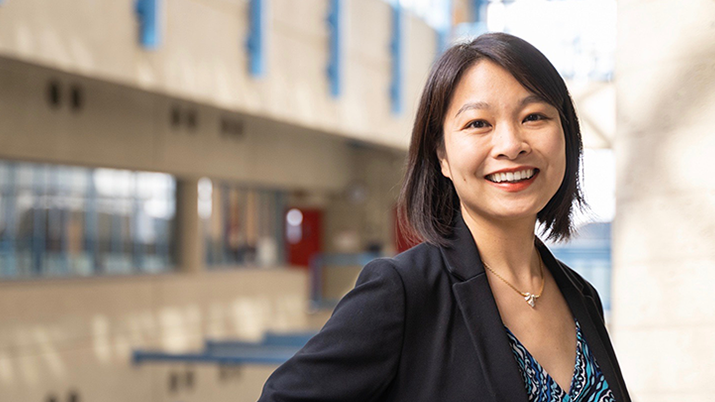Some elementary school children may be better equipped than others to form cross-racial friendships, new research from UBC’s department of psychology suggests.
The study, just published in Child Development, looked at the relationship between cross-racial friendships and academic and social adjustment among 583 children in Canada and the U.S. at both ends of a recent school year.
UBC Media Relations recently spoke with the study’s lead author, PhD student Hongyuan (Vivian) Qi (she/her), and UBC professor of psychology Dr. Amori Mikami (she/her) about the research, which they conducted with Dr. Julie Sarno Owens of Ohio University.
What were you trying to determine in this study?
AM: We wanted to explore the relationship between cross-racial friendships and how well students are doing academically and socially, and we wanted to do it in both directions. In other words, does one thing lead to the other, and if so, which comes first?
How did you go about this research?


Hongyuan (Vivian) Qi
VQ: We used different measures to get a comprehensive understanding of students’ academic and social adjustment at the beginning and end of the year. We took into account how engaged they were in classroom activities, how motivated they were to learn, how well they collaborated with peers on group projects, and their grades.
We also asked them to nominate peers they considered to be friends. Based on their nominations, their peers’ nominations, and parents’ reporting of the children’s race, we could see which children were same-race friends and which were cross-racial friends. We also measured the friendships at the beginning and end of the year.
What did you learn?


Amori Mikami
AM: Children who were well-adjusted academically and socially at the beginning of the year were more likely to have a higher number of cross-racial friendships at the end of the year. However, having a strong network of cross-racial friendships to start the year did not seem to make a student more likely to do well academically and socially by the end of the year.
Why might this be?
AM: Just being in the same classroom as cross-racial peers isn’t necessarily enough for the children to make friends. They may need help to get over that initial hump. A cross-racial peer may think differently from you, or have different assumptions, worldviews and experiences. Children who are socially well-adjusted might have a greater ability to understand somebody who comes from a different perspective. If they’re academically well-adjusted, they might have the cognitive skills to think in more complex ways and understand where a peer who is different from them is coming from.
VQ: It’s also possible that children who are socially well-adjusted have more popularity and social status in their classroom, so making friends with somebody of another race is viewed as less risky or more desirable. They’re less likely to be viewed as ‘weird’ by their peers, so the social risk is lower.
Why do you think this work matters?
VQ: Our society is becoming more and more diverse. If we start to investigate what we can do to facilitate positive interaction between races when children are young, then they’ll be more likely to develop cross-racial friendships when they grow up.
AM: I’ve been struck by the significance of it given worldwide and Canadian events. You open the news and you see Canadians opening their homes to Ukrainian refugees, for example, even if they have no personal connection to Ukraine. You see these wonderful, heartwarming, uplifting stories of Canadians helping across racial lines, but you also see heartbreaking stories about racial violence, police brutality and Vancouver as the anti-Asian hate crime capital of Canada. Seeing these contradictory examples of real-world ways that race relations can play out really underscores the importance of this work.
Read the original Q&A on the UBC News website.



